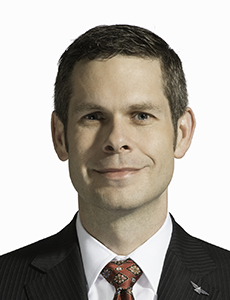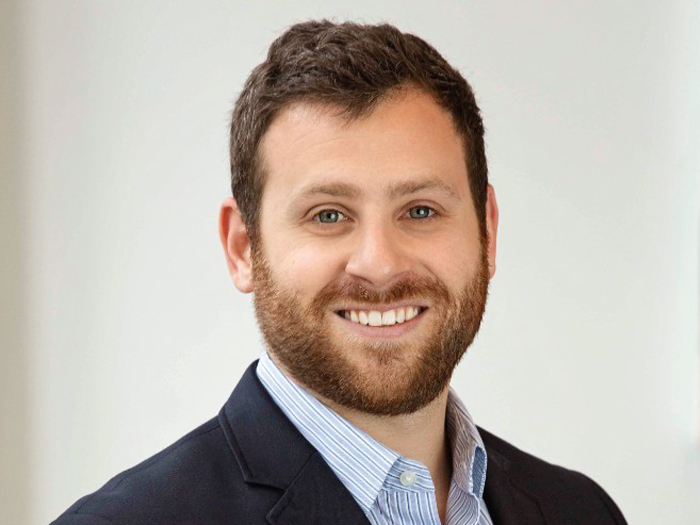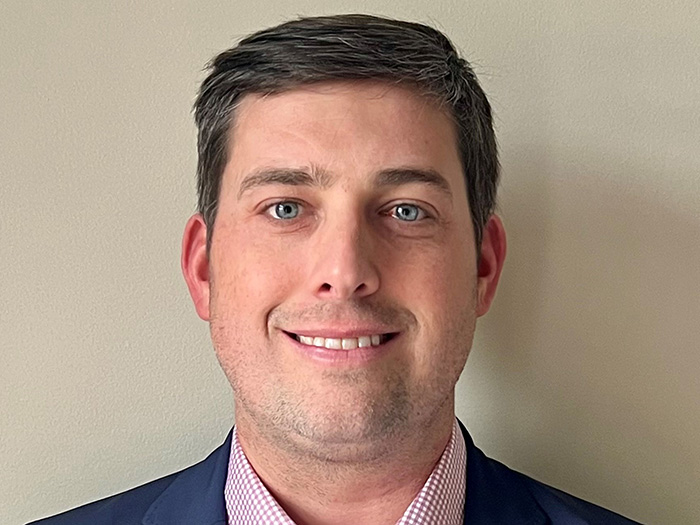2017 Teddy Award Winner
Advocacy Takes Off
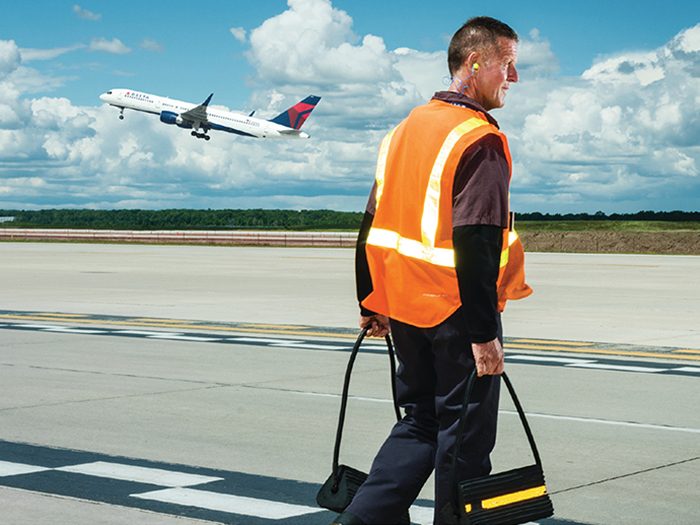
It’s coming up on 90 years since Delta Air Lines made its first passenger flight.
Delta founder C.E. Woolman, considered a visionary by many, keenly understood how employee satisfaction has a direct bearing on company success.
“It is the initiative, the personal attitudes and the motivations of our people as they approach their daily work upon which we rely for acceptance, for growth, and for survival,” said Woolman.
No doubt he would be pleased that Delta is a winner of the 2017 Theodore Roosevelt Workers’ Compensation and Disability Management Award — an honor bestowed in large part due to the company’s embrace of his founding philosophy, that Delta employees’ are the number one asset to the organization.
Headquartered in Atlanta, Delta operates a mainline fleet of more than 800 aircraft, offering service to 335 destinations in 62 countries on six continents, serving more than 180 million customers each year.
All of that rests on the shoulders of 85,000-plus employees worldwide who are exposed to a broad spectrum of workplace risks, from moving heavy cargo to serving passengers in the midst of turbulence. Caring for those workers is no small endeavor.
A 2013 shift toward an employee advocacy model for disability and leave management was a game-changer for Delta. Early success convinced the company it was the right way to go.
In 2015, the company moved to an integrated absence management program for all lines, including workers’ compensation, administered by a single TPA (Sedgwick) to further improve the employee experience.
Full Integration
Chris Collins, Delta’s vice president, global human resources services, championed the move to a single-source vendor. His goal: To reduce the frustration and duplicated processes that an employee experiences when navigating through the various programs at Delta after being injured on the job.
“We were looking for a single vendor source — a majority of the disability programs are unbundled,” explained Collins. “We couldn’t do that; it wasn’t working for us because of the way we pay the disability claims.
“We needed it all with one vendor so that we didn’t have competing systems and competing vendors that don’t communicate well with each other.”
More than 110,000 claims were transitioned into the system, along with a staggering 5 million documents. All things considered, said Collins, the process went smoothly, allowing Delta to streamline the program and reduce duplicated redundant steps in the process.
“We reviewed and changed processes that tended to be redundant and cumbersome for the employee to manage through when a work comp injury was filed. Delta’s disability and leave benefits run concurrent when a work comp injury occurs,” said Susan Emerson, general manager, claims management, disability, leave and workers’ compensation claims.
Delta sees solid results resulting from the integrated programs. Since the move to an integrated model in 2015, Delta’s claims program has maintained an average closing ratio of 114 percent, exceeding expectations.
Of course, the most gratifying achievement is the improved employee experience with the claims process. The 2017 employee satisfaction surveys provide good comments and accolades from employees for the improved process and ease of claim handling.
“Delta Air Lines strongly embraces employee advocacy and this drives everything we do from a claims perspective,” said Lynn Williams, managing director with Sedgwick.
“We were looking for a single vendor source — a majority of the disability programs are unbundled. We needed it all with one vendor so that we didn’t have competing systems and competing vendors that don’t communicate well with each other.” — Chris Collins, vice president, global human resources services, Delta Air Lines
“Whether addressing occupational or non-occupational incidents … we all become advocates for their employees to ensure their recovery and return to a productive life.”
To Emerson, the employee advocacy model is a matter of common sense. The strategy streamlines the claim process, making it more efficient and smooth for employees.
Employee advocacy starts by adding more user-friendly language to explain benefits and the process — and removes cumbersome insurance terminology and technical terms. Being injured or ill is enough of a challenge in itself. Employees don’t need the added burden of understanding insurance and technical terminology, she said.

Susan Emerson, general manager, claims management, disability, leave and workers’ compensation claims, Delta
Additionally, Delta works with its TPA to integrate convenient offerings into the claim process. This includes direct deposit for payments to the employee (for lost wage replacement benefits, as well as reimbursement for other expenses such as mileage or out of pocket medical expenses), access to highly-rated physicians in the medical management network, a complex pharmacy review program, nurse triage, telephonic and field nurse case management services.
Emerson said she’s aware of those who perceive employee advocacy as soft and assume it may not be the best approach for some employers. “We see eyebrows raised a lot,” she said. “But Delta’s success follows that of other large employers who take a similar approach — including Disney, Safeway and industry peer Southwest Airlines. We decided ‘Stop the grinding;’ all it does is cause a lot of frustration in the process, and your employees are less apt to be favorable to your program.”
For workers’ compensation cases with a disability and leave component, the workers’ comp examiner is the single point of contact for employees and helps them navigate the disability and leave processes. This reduces phone calls and correspondence and improves payment accuracy.
Additionally, Delta created a concierge desk for its disability and leave of absence benefits. Employees can call to request assistance, ask questions or ask for direction at any time.
The integrated program focuses on assisting employees select top-tier providers or specialists immediately, ensuring that each claim is heading in the right direction from the start.
“Sedgwick has a robust network — they really pay attention to the top-tier providers and their outcomes,” said Emerson. “They do what they’re supposed to do to help employees get well and return to work. To me, that’s the best approach.”
Emerson said that while Delta’s integrated program wouldn’t be the right fit for every company, it was the right move to make for the benefit of both employees and Delta.
“You make the investment to help the process flow more smoothly for all parties involved.” &
_______________________________________________________
More coverage of the 2017 Teddy Award Winners and Honorable Mentions:
 Advocacy Takes Off: At Delta Air Lines, putting employees first is the right thing to do, for employees and employer alike.
Advocacy Takes Off: At Delta Air Lines, putting employees first is the right thing to do, for employees and employer alike.
 Proactive Approach to Employee Safety: The Valley Health System shifted its philosophy on workers’ compensation, putting employee and patient safety at the forefront.
Proactive Approach to Employee Safety: The Valley Health System shifted its philosophy on workers’ compensation, putting employee and patient safety at the forefront.
 Getting It Right: Better coordination of workers’ compensation risk management spelled success for the Massachusetts Port Authority.
Getting It Right: Better coordination of workers’ compensation risk management spelled success for the Massachusetts Port Authority.
 Carrots: Not Sticks: At Rochester Regional Health, the workers’ comp and safety team champion employee engagement and positive reinforcement.
Carrots: Not Sticks: At Rochester Regional Health, the workers’ comp and safety team champion employee engagement and positive reinforcement.
 Fit for Duty: Recognizing parallels between athletes and public safety officials, the city of Denver made tailored fitness training part of its safety plan.
Fit for Duty: Recognizing parallels between athletes and public safety officials, the city of Denver made tailored fitness training part of its safety plan.
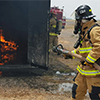 Triage, Transparency and Teamwork: When the City of Surprise, Ariz. got proactive about reining in its claims, it also took steps to get employees engaged in making things better for everyone.
Triage, Transparency and Teamwork: When the City of Surprise, Ariz. got proactive about reining in its claims, it also took steps to get employees engaged in making things better for everyone.
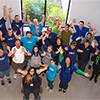 A Lesson in Leadership: Shared responsibility, data analysis and a commitment to employees are the hallmarks of Benco Dental’s workers’ comp program.
A Lesson in Leadership: Shared responsibility, data analysis and a commitment to employees are the hallmarks of Benco Dental’s workers’ comp program.

